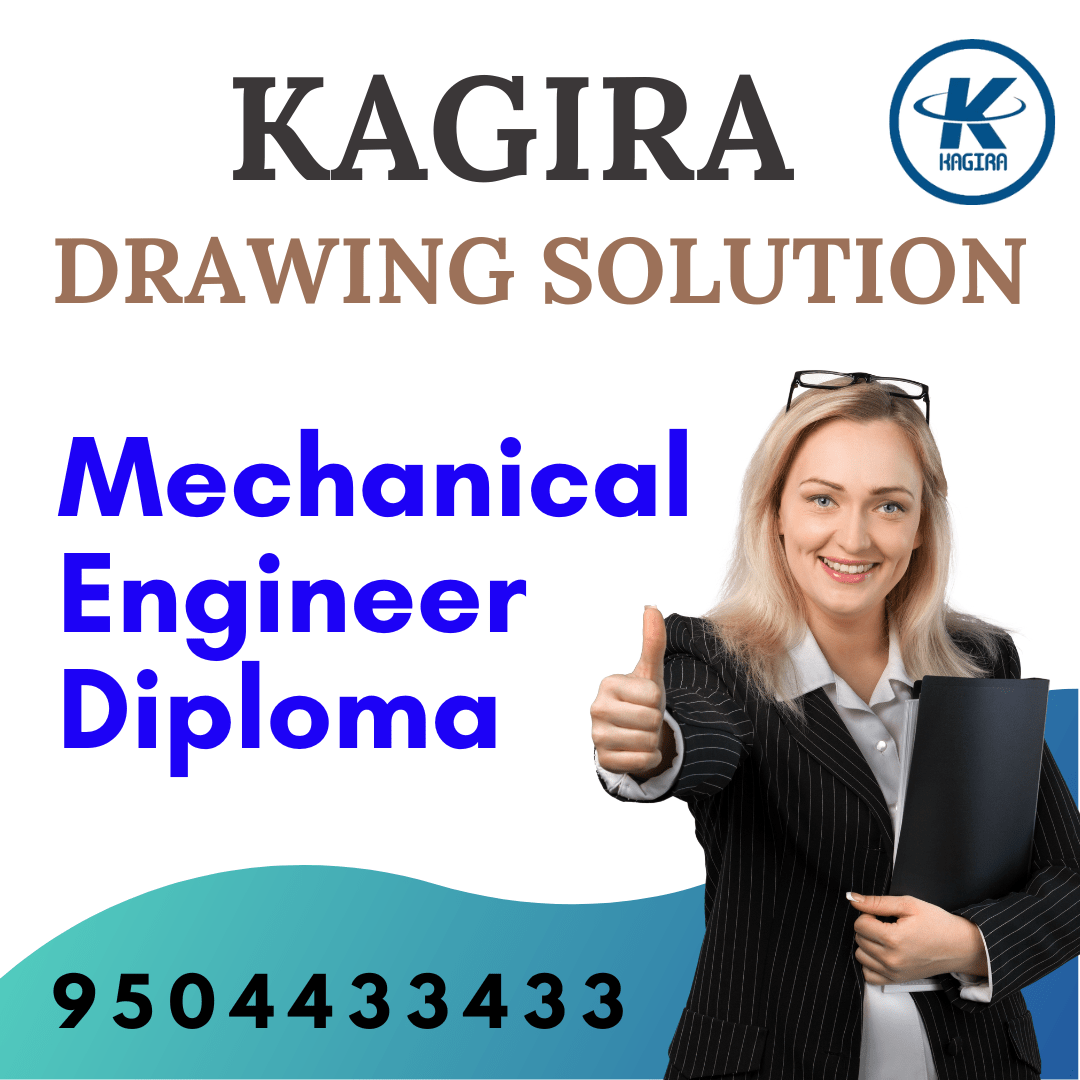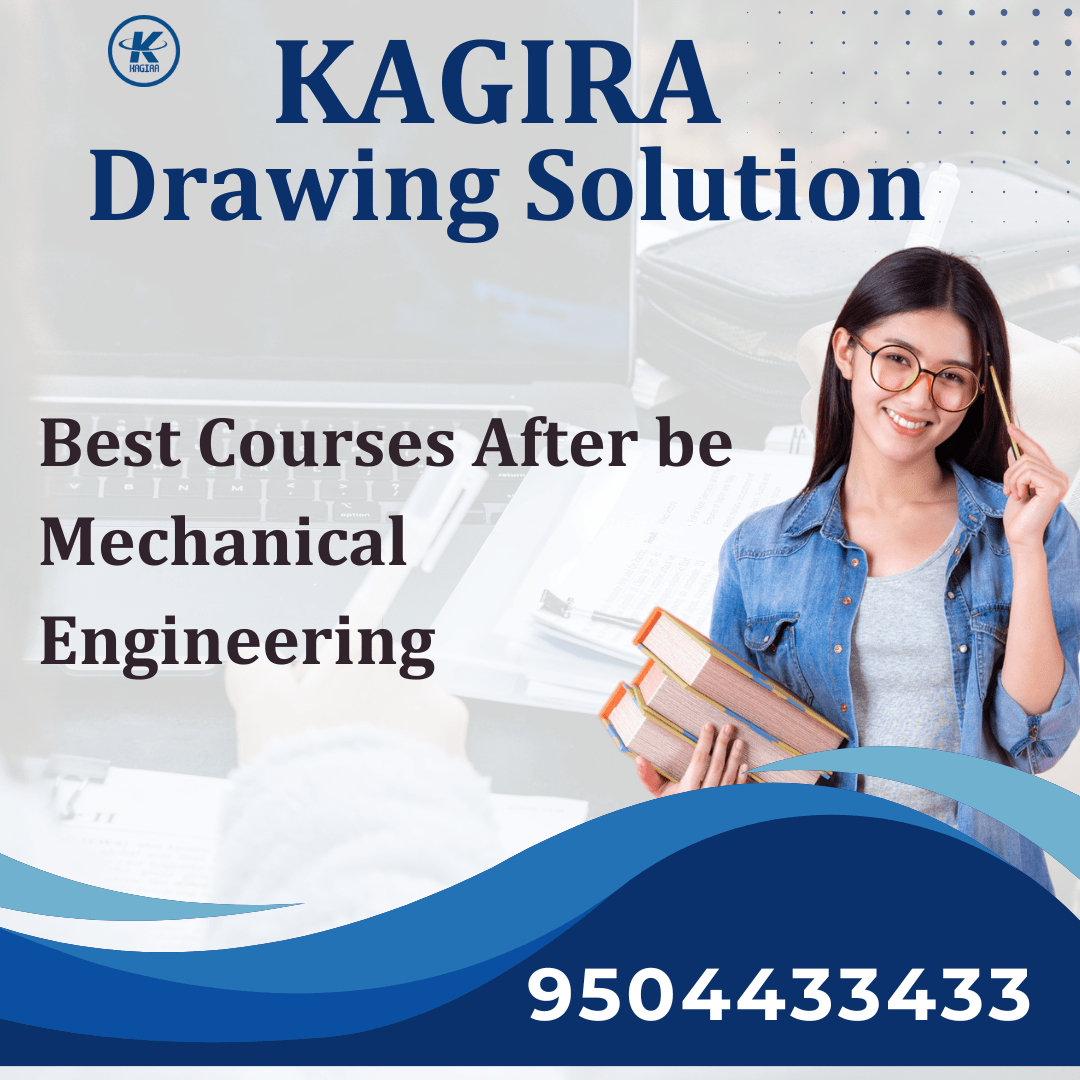The field of mechanical engineering is one of the most dynamic and in-demand areas in the industrial world. A Mechanical Engineer Diploma provides students with a strong foundation in core engineering principles, such as mechanics, thermodynamics, and manufacturing processes. However, to truly thrive in modern industries like oil & gas, power plants, infrastructure, and manufacturing, students must complement their academic knowledge with practical, job-oriented skills. That’s why many diploma holders pursue specialized training programs that emphasize real-world design, drafting, and plant engineering—ensuring they are fully prepared to enter the workforce with confidence.
With this training, mechanical diploma holders become eligible for roles like:
-
Piping Designer
-
Plant Design Engineer
-
CAD Draftsman
-
Layout Engineer
-
Structural Steel Modeler (with AVEVA Bocad Steel)
-
Junior Stress Analyst (with Caesar II knowledge)
Module 1: Engineering Drawing & Basics
-
Introduction to Engineering Drawing
-
Types of Projections: Orthographic, Isometric
-
Section Views, Detailing & Dimensioning
-
Welding Symbols & Surface Finish Symbols
-
Tolerances, Fits, and GD&T Fundamentals
-
Reading and Interpreting P&ID and PFD
Module 2: AutoCAD – 2D Drafting & Isometric Drawing
-
Interface & Basic Tools
-
Layers, Blocks, Attributes, Templates
-
2D Drafting of Mechanical Parts and Layouts
-
Isometric Piping Drawings
-
BOM Extraction and Annotation
-
Introduction to 3D AutoCAD for Piping
Module 3: Piping Engineering Essentials
-
Introduction to Piping Systems
-
Piping Components: Pipes, Fittings, Valves, Flanges, Gaskets
-
Pipe Schedule, Rating, and Specifications (PMS)
-
Piping Codes & Standards: ASME B31.3, B31.1, ANSI, ASTM
-
GAD (General Arrangement Drawings)
-
Piping Support Types & Placement
Module 4: Plant Layout & Equipment Modeling
-
Plot Plan Development
-
Equipment Layouts (Static & Rotary)
-
Nozzle Orientation & Accessibility
-
Pipe Rack Design Basics
-
Civil and Structural Coordination
-
Clash Checking and Space Management
Module 5: 3D Modeling Software (Any One or More)
Hands-on Training with Industry Tools:
-
AVEVA PDMS / E3D
-
Bentley AutoPLANT
-
SmartPlant 3D (SP3D)
-
AVEVA Bocad Steel (For structural steel modeling)
Topics:
-
Equipment Modeling
-
Pipe Routing
-
Hanger/Support Modeling
-
Cable Trays, Platforms
-
Isometric Generation
-
GA Drawing Extraction
Module 6: Pipe Stress Analysis – Introduction
-
Pipe Stress Concepts & Load Types
-
Overview of Caesar II
-
Support Selection Based on Stress
-
Expansion Loops and Anchoring
-
Basic Modeling and Analysis Walkthrough
Module 7: Project Work (Mini Plant Design)
-
P&ID to 3D Modeling Workflow
-
Equipment + Piping + Support Modeling
-
Generate GA Drawings, BOM, Isometrics
-
Design Report Documentation
-
Peer Review and Presentation
Module 8: Industry Readiness
-
Interview Preparation
-
Resume Building for EPC Roles
-
Overview of QA/QC & Site Roles
-
Safety Awareness in Design & Construction
-
EPC Project Workflow Understanding
Certification Provided
-
Course Completion Certificate
-
Project Certificate
-
Software Tool Proficiency Certificate (PDMS/E3D/SP3D/etc.)
Conclusion:
A Mechanical Engineer Diploma is not just an academic qualification—it is the first step toward a rewarding career in core industries. When paired with the right technical training in design tools, piping layout, and 3D modeling software, diploma holders can become highly sought-after professionals. Whether your goal is to work in EPC companies, fabrication shops, or plant construction projects, a strong foundation backed by industry-focused training will help you achieve long-term success and growth in the mechanical engineering field.




